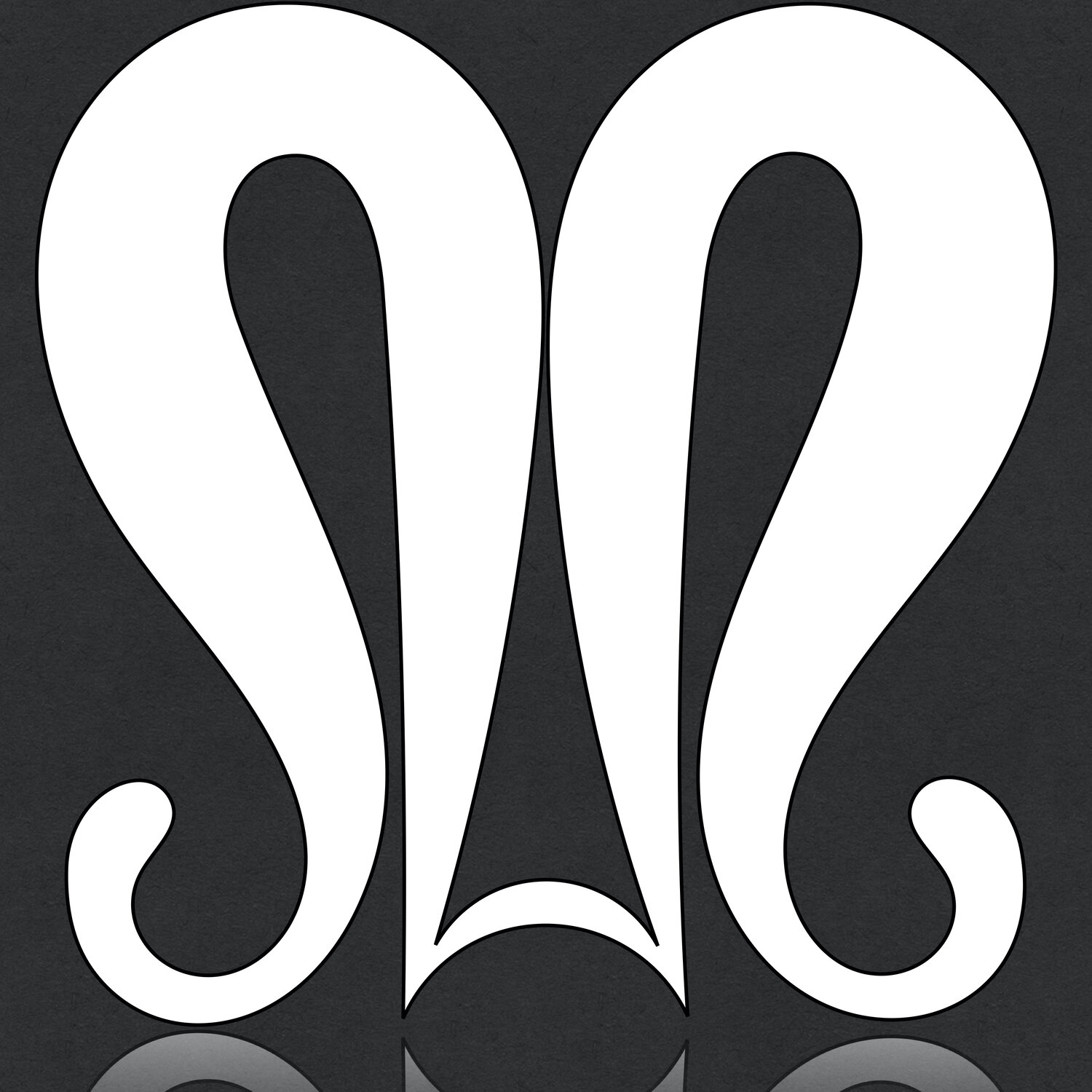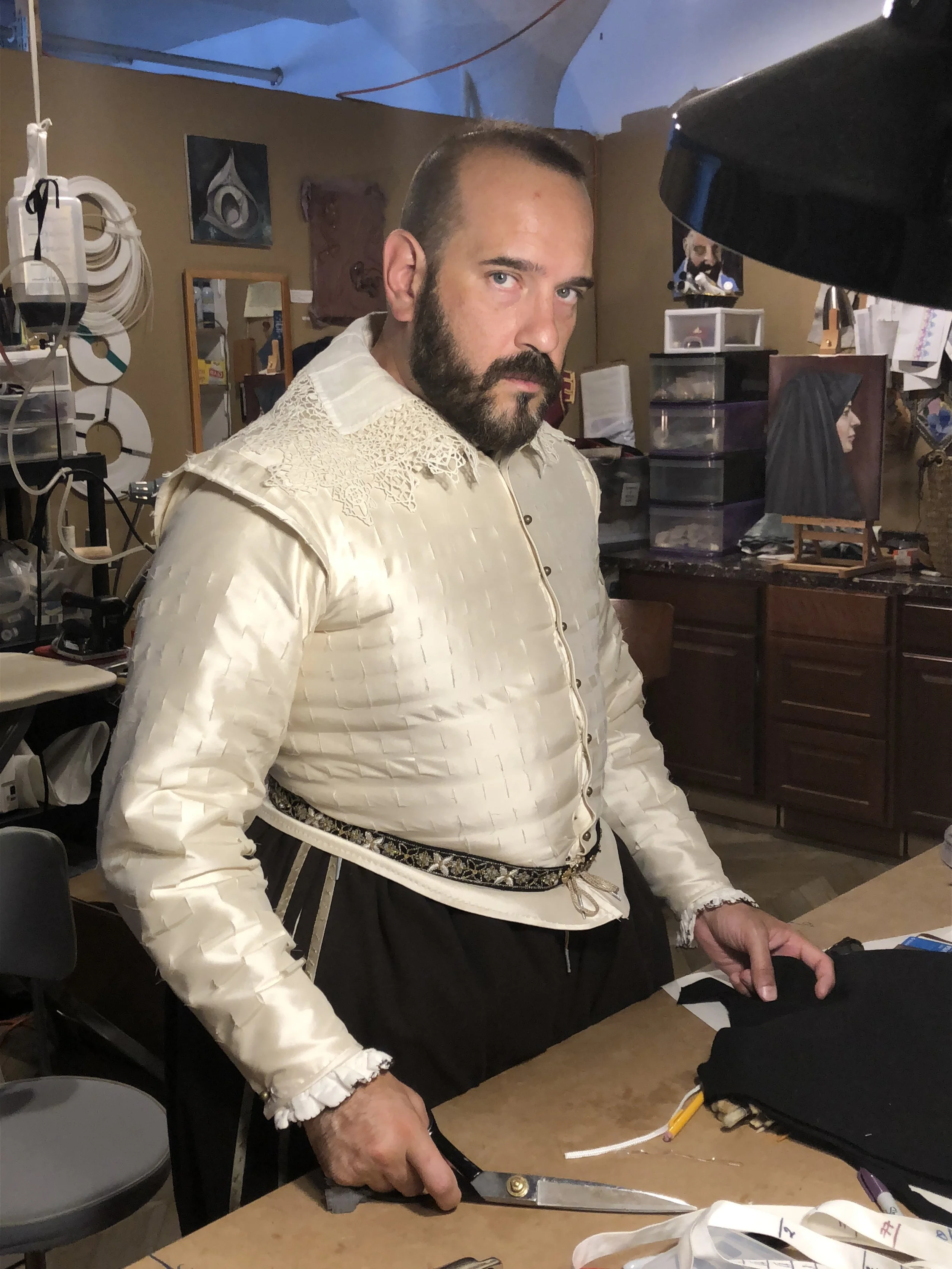1610s suit for a client
Taking a break from Historical Dress has been really good for my mental health. But try as I might, I just can’t stay away from it. Today, I started playing around with a pattern based on an image from a German Fencing Manual.
While I have had practice and great successes in cutting clothing of all kinds from all different eras, no era has stumped me more than the Regency period when it comes to developing the right pattern. The angles, drape and perfection of the geometry were at such a high level during the period that it can sometimes be difficult to understand why the shapes of the pattern pieces look the way they do.
Studying a different kind of drafting manual from the 16th and 17th century Spanish styles is pushing me to develop a whole new way of analyzing these shapes. While I have not arrived at the perfect answer yet, I’m getting closer than I’ve ever been before.
Challenging the status quo when it comes to understanding and making historical clothing has become something of a habit in my practice.
Originally published: 05/09/2016
Today I am working on a suit for a client. It is a classic "Modern Maker" style suit consisting of a 1600's style doublet and breeches with a ropilla/sayo in matching colors. The construction is identical to the doublet in TMM 1 and will be left relatively plain with some simple contrasting band embellishment. The doublet will likely have a narrow velvet trim and the ropilla and breeches of hunter green wool will be trimmed with black bias silk bands.

The formed interlining with pad stitched wool felt in the shoulder and armhole

The linen doublet front, formed and basted in place
The illustrations are some of my first using a new program for the iPad Pro called "Procreate" While I am not the best illustrator, the images give enough understanding of the suit to create it.

Illustration of the doublet and breeches
This suit will also have a cassock of beautiful brown striped wool. I will post additional photos as the process continues.

Developed and tested by The Modern Maker. Based on the portrait of The Tailor by Gianbattista Moroni. This doublet pattern has no instructions, but can be made following the tutorial on YouTube: Here
Developed and tested by The Modern Maker. Based on the portrait of The Tailor by Gianbattista Moroni. This doublet pattern has no instructions, but can be made following the tutorial on YouTube: Here
One of the most frequently asked questions here at The Modern Maker is “How do you know what proportions to use when there are none given?” When using a 16th or 17th century cutting manual, it is common that many of the proportions for different edges of the garment are not printed in the manuals. This served many purposes for the trade, to protect vital information as well to save on print setup for those old printing presses. Whatever the reasons, as modern people using these old books to develop our designs, we need to know what proportions we should be using. In this 60 minute lecture, Mathew will go over the various methods he uses to develop the patterns and know, with as much certainty as possible, what those proportions and measurements need to be to make the most authentic piece of clothing.
This lecture will delve into some technical elements of pattern making, but you need not be a professional to understand! Each element will be explained.
Want to get to know more about Mathew and the work that he does? Come join us for a 90 minute discussion of his work, how he came to his passion for historical fashion and how it informs everything he does in his art, his designs and his life. In this talk, he will discuss his artistic discipline, successes, failures and methods for coping with adversity in his practice. These stories, experiences and pieces of insight are sure to help anyone in a creative field get inspired, get focused, and find a path to their own success! Zoom link will be emailed on Thursday Aug. 26.
This doublet is developed from patterns presented in the 1618 book Geometria y traça perteneciente al oficio de los sastres by Francisco de La Rocha Burguen. It has a soft line, a high waist and can be made in both a thin summer version as well as a heavier, warmer winter construction. PDF containing 85 pages of full color instructions included!
All chest sizes from 34 (44EU) to 60 (70EU) are contained in this zip file. Paper sizes include both US letter and EU A4 printout versions. Even though the garment itself is from a Spanish book on cutting clothing, it can be considered as part of the Elizabethan era. Patterns for shirt, breeches, hat, gloves, belt, and stockings are sold separately.
Materials/supplies:
• 1.5-2 yds/meters of 60” (1.5m) wide cloth for the exterior
• 1.5-2 yds/meters of 60” (1.5m) wide interlining material (linen is recommended)
• 1.5-2 yds/meters of 60” (1.5m) wide material for lining (handkerchief linen is recommended)
• 1/2 yd/meter of wool melton or thin wool felt for support structure of shoulder and collar
• 15-20 yds/meters of 1/8” wide narrow trim (optional)
• basting thread for temporary bastings
• Modern topstitching thread or historical linen thread for sewing seams
• Hand sewing needles
• Scissors and thread snips
• 18-20 buttons, spherical is best, no more than 8-10mm diameter. Smaller is better. This pattern will not work well with flat, modern buttons that have holes drilled all the way through.
Videos of the construction of this garment can be seen at:
https://www.youtube.com/playlist?list=PL4Tll7rLOSUdvQoOHBvB-scPo62AXS2Ks
This product is a digital pattern download.
The file contains both US letter and EU A4 paper sizes as well as a 49 page COLOR PDF of instructions.
The download link will expire after 24 hours so make sure to download them to a computer right away!
These breeches are developed from a pattern in the cutting manual of Diego de Freyle—1588, Spain. They are slightly round in silhouette and are meant to be worn either with, or without tying to a doublet. If they are worn without tying to a doublet, they will sit low on the waist and should be worn only with a jerkin or jacket which has skirting that is long enough to hide the waist of the breeches. When tied to a doublet, the leg opening will sit above the knee. The Ropilla pattern and the 17th shirt pattern downloads, also in the Schoolhouse Store, are the perfect accompaniments for these breeches.
This product is a digital pattern download.
The file contains both US letter and EU A4 paper sizes as well as a 49 page COLOR PDF of instructions.
The download link will expire after 24 hours so make sure to download them to a computer right away!
These breeches are developed from a pattern in the cutting manual of Diego de Freyle—1588, Spain. They are slightly round in silhouette and are meant to be worn either with, or without tying to a doublet. If they are worn without tying to a doublet, they will sit low on the waist and should be worn only with a jerkin or jacket which has skirting that is long enough to hide the waist of the breeches. When tied to a doublet, the leg opening will sit above the knee. The Ropilla pattern and the 17th shirt pattern downloads, also in the Schoolhouse Store, are the perfect accompaniments for these breeches.
This pattern was developed using two diagrams from the Livrustkammaren museum in Stockholm, Sweden. They are VERY high-waisted and should be tied or hooked to a doublet.
This pattern was developed using two diagrams from the Livrustkammaren museum in Stockholm, Sweden. They are VERY high-waisted and should be tied or hooked to a doublet.



















This is a collection of breeches patterns taken from my personal archive.
1560 - based on research on a surviving pair found in Peru
1588 - Freyle's breeches pattern - my favorite. Comfy every-day breeches
1590-1600 - Trunkhose with Canion
1618 - “Venetians” from the 1618 tailor’s manual of Francisco de La Rocha de Burguen
These patterns are graded into multiple sizes and Instructions are included for two of the four styles. They are provided as-is for study, experimentation, and adaptation. Ideal for pattern makers, designers, and historical clothing/costume enthusiasts looking to explore without starting from zero.
Creative Commons Licensing is implied.